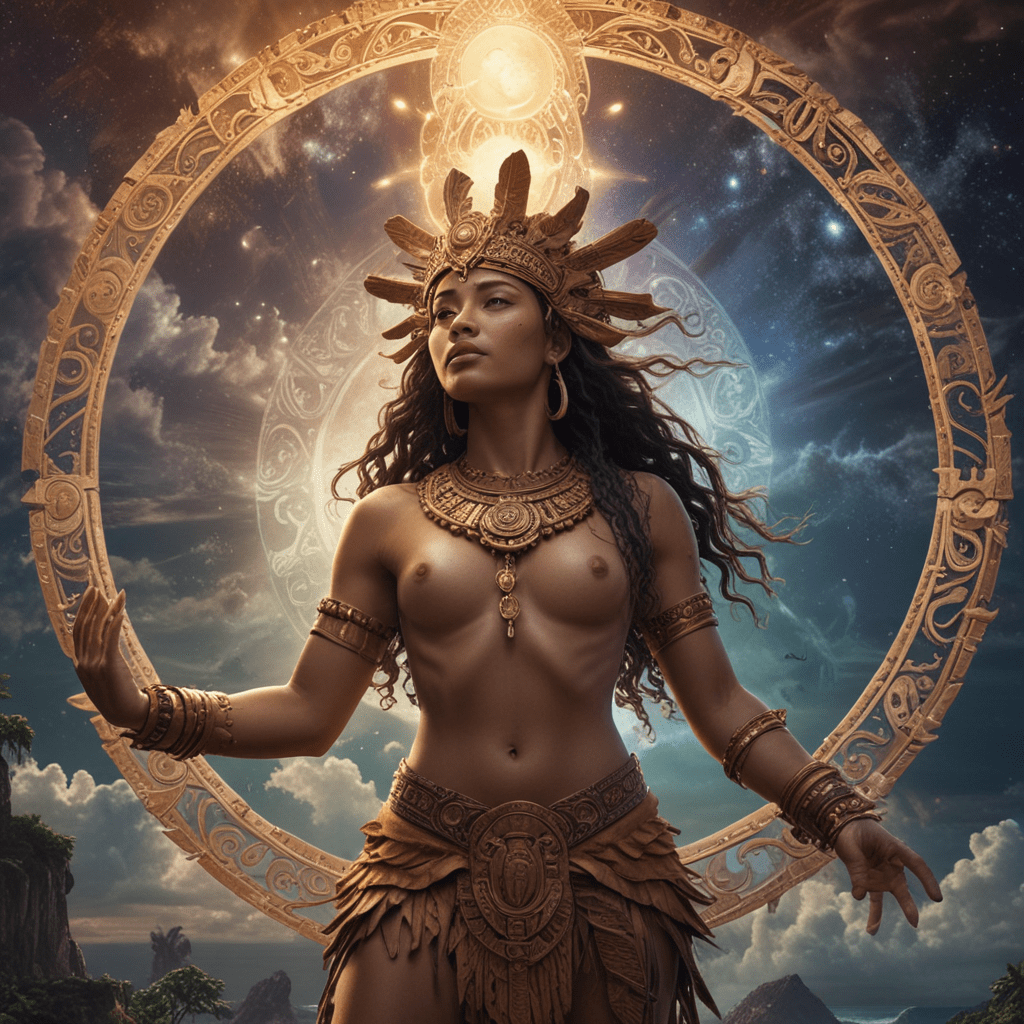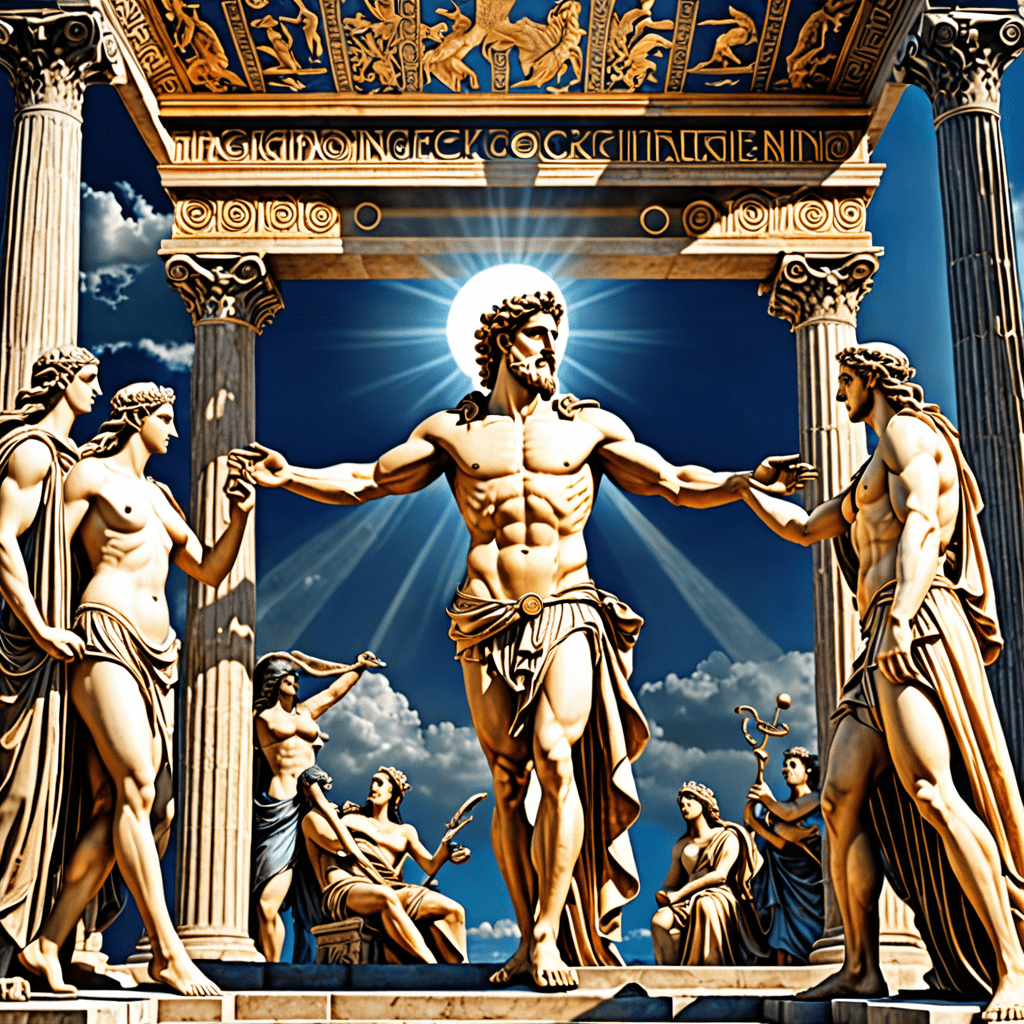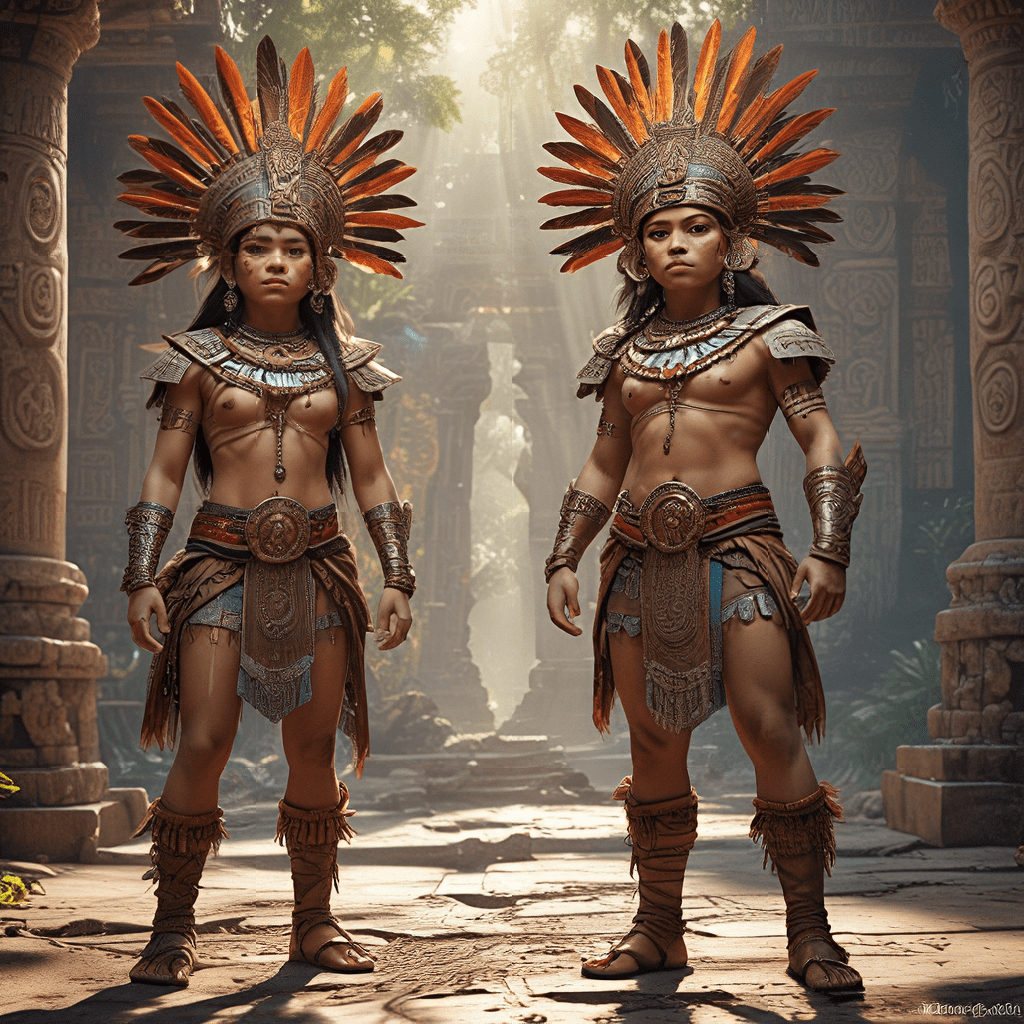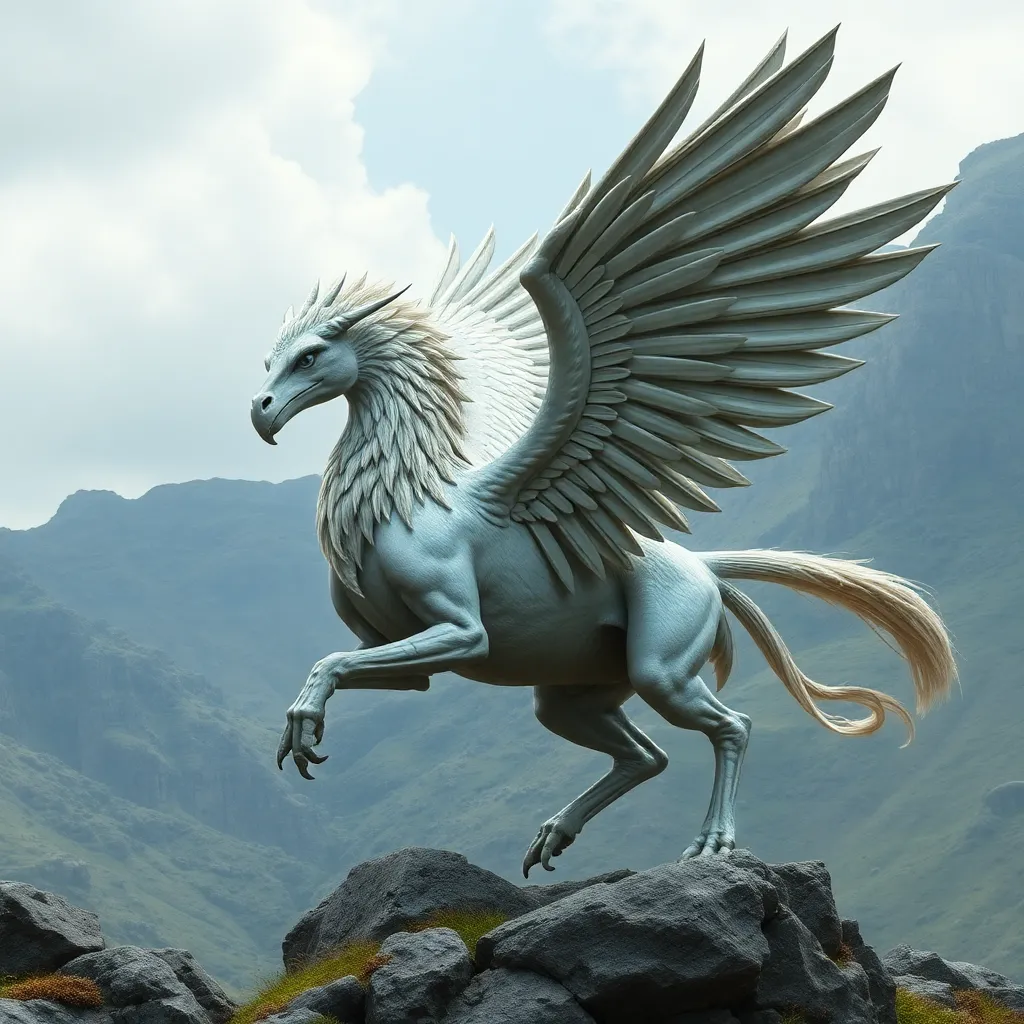Polynesian Cosmology and Celestial Bodies
In Polynesian mythology, the cosmos is structured by a celestial hierarchy of divine beings, with the sun, moon, and stars holding a sacred and symbolic place. The belief in the divine nature of celestial bodies played a fundamental role in the social, religious, and navigational practices of Polynesian cultures. The celestial bodies were celestial guides, celestial protectors, and celestial ancestors. This article will explore the symbolism and significance of celestial bodies in Polynesian mythology, uncovering their deep connection to the Polynesian worldview.
The Sun as a Divine Ancestor
The sun, known as Ra in Polynesian mythology, was revered as the supreme celestial deity and the creator of all life. As the celestial father, Ra was believed to have given birth to the first humans and bestowed upon them the gift of fire. The sun held a central role in Polynesian cosmology, guiding the rhythm of life and providing nourishment to the world. Solar rituals and chants were performed to honor Ra and express gratitude for his life-giving energy.
The Moon as a Female Deity
The moon, known as Hina in Polynesian mythology, was regarded as the female counterpart to Ra, representing the feminine and nurturing aspects of the celestial realm. Hina was often associated with fertility, motherhood, and the ocean. Polynesian myths depict Hina as a powerful goddess who holds sway over the tides, guides childbirth, and protects travelers at night. Hina's connection to the moon's cycles influenced the Polynesian agricultural calendar and influenced religious observances.
The Stars as Guiding Spirits
Polynesians believed that the stars represented the spirits of their ancestors and loved ones who had passed on to the afterlife. Each star was seen as a guiding spirit, watching over and protecting the living. Star navigation played a crucial role in Polynesian voyaging. By understanding the patterns and movements of the stars, Polynesian navigators were able to traverse vast stretches of the ocean with remarkable accuracy. The stars were celestial guides, leading the way across the expansive sea and connecting Polynesians to their ancestral past.
The Milky Way as a Path to the Afterlife
In Polynesian mythology, the Milky Way was known as the "pathway to the afterlife." It was believed that the spirits of the dead would travel along the Milky Way to reach the heavens. The Milky Way was seen as a celestial river, a celestial path, leading the departed to their final destination in the realm of the gods. Star lore was intimately tied to the Milky Way, with specific stars and constellations associated with different stages of the journey to the afterlife.
Venus as a Symbol of Beauty and Love
Venus, known as Takurua in Polynesian mythology, was associated with beauty, love, and fertility. Takurua was seen as a
Mars as a God of War
In Polynesian mythology, Mars, known as Ku, was revered as the god of war, strength, and courage. Ku was associated with the red planet, believed to embody the fiery and aggressive aspects of the celestial realm. Warriors and chiefs invoked Ku's protection in battles and sought his favor for victory. Ku was seen as a fierce and formidable deity, embodying the power and destruction of war.
Saturn as a Symbol of Time and Change
Saturn, known as Horo in Polynesian mythology, was associated with time, change, and the cycles of life and death. Horo was believed to govern the passage of time, the changing seasons, and the aging process. Polynesians recognized the cyclical nature of existence and saw Horo as a representation of the constant flux of the cosmos. Horo's influence was seen in the growth of plants, the changing tides, and the succession of generations.
Jupiter as a Guardian of the Heavens
Jupiter, known as Tane in Polynesian mythology, was regarded as the guardian of the heavens and the protector of the celestial realm. Tane was associated with the planet's large size and perceived benevolence. He was believed to watch over the world from his celestial throne, ensuring order and harmony in the heavens. Tane was also seen as a protector of voyagers, guiding them safely across the vast expanse of the ocean.
Constellations as Historical Markers
Polynesians used constellations not only for navigation but also as historical markers. Specific star patterns were associated with significant events, such as the arrival of ancestors, victories in battle, or the discovery of new lands. These celestial stories were passed down through generations, preserving cultural memory and shaping the collective identity of Polynesian societies. Constellations served as celestial archives, recording the triumphs, struggles, and achievements of the Polynesian people.
FAQ
What is the significance of the sun in Polynesian mythology?
- The sun, known as Ra, was revered as the supreme celestial deity, the creator of life, and the celestial father.
How did Polynesians perceive the stars?
- Stars were seen as guiding spirits, representing the spirits of ancestors and loved ones who had passed on to the afterlife.
What role did Venus play in Polynesian mythology?
- Venus, known as Takurua, was associated with beauty, love, and fertility.
How was Jupiter perceived by Polynesians?
- Jupiter, known as Tane, was regarded as the guardian of the heavens, protector of the celestial realm, and a guide for voyagers.
In what way were constellations significant to Polynesians?
- Constellations served as historical markers, preserving cultural memory and recording the significant events of Polynesian history.



